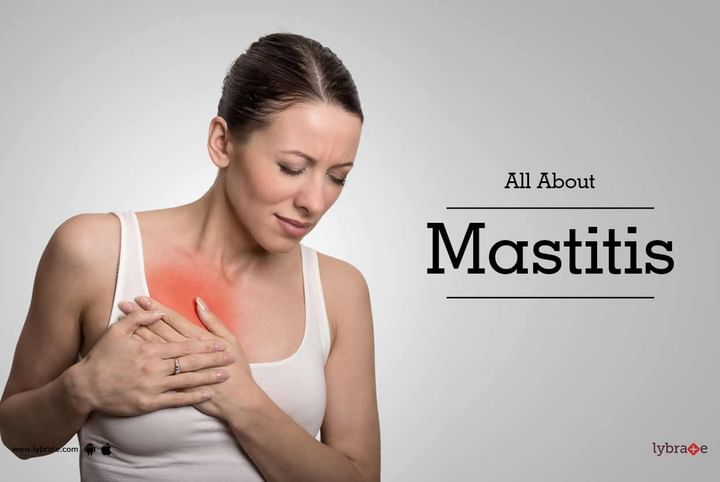All About Mastitis
Mastitis is primarily an infection that occurs inside or on women's breasts within the first three months after pregnancy. Sometimes the infection can also affect non pregnant women where it is referred to as periductal mastitis.
What are the causes and symptoms of Mastitis?
The most common reason behind such an occurrence is malfunctioning mammary ducts in pregnant women. Milk stasis or blocked milk ducts happen due to irregular feeding sessions, the baby's difficulty in sucking or not being able to attach optimally to the breast for feeding. The other plausible reason is bacterial infection that has somehow entered the ducts through a crack in the nipple area. Blocked milk ducts carry a lot of stagnant milk that provides the most suitable breeding ground for bacterial cultures. Steps must be taken so as not to pass on this bacterium to the baby who depends on breast milk almost entirely for nutrition.
1. It often manifests itself in the form of redness, swelling, pain, fever and exhaustion, resulting from inflammation of the breast tissues and mammary glands.
2. There is also a palpable warmth and tenderness of the breasts, accompanied by a general feeling of malaise.
3. Other common symptoms include lumpy formations, wedges, burning sensation especially during breast feeding.
4. Nipple discharge, body aches and relatively higher body temperatures might also occur in association.
You must consult with your doctor immediately after the appearance of similar symptoms; promptness is advisable when you are pregnant.
What problems does Mastitis cause?
1. Most commonly affecting nursing and recent mothers, Mastitis poses a pertinent problem in breastfeeding as it causes dysfunctional lactation.
2. Mastitis is therefore also as precarious for the new born baby who is left without its primary diet.
3. Doctors often recommend such mothers to continue breast feeding in spite of the disease, after prescribing some antibiotics which usually work in suppressing the infection after a maximum of 2 to 3 weeks.
4. The affected mothers usually feel too tired to take care of their child while suffering from this kind of infection.
Preventive measures
1. Avoid wearing tight clothes or undergarments.
2. Regularize breastfeeding schedules; do not stop before 6 months.
3. Encourage your baby to feed especially when you experience of build-up of milk.



+1.svg)
